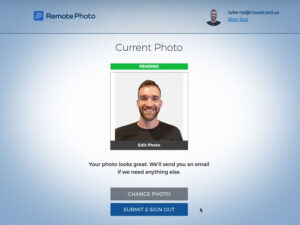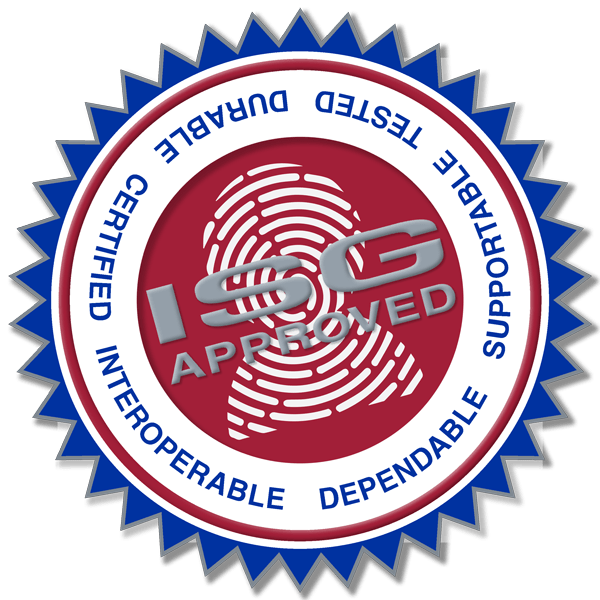In today’s modern world, we see RFID tags applied to a multitude of uses, from tracking packages and pets to identifying patients in hospital settings. RFID tags are a type of smart label that stores a range of information used to identify, track, and communicate with items and people using radiofrequency.
Types of RFID Tags
For applications that require a high level of verification or authentication, RFID tags include advanced encryption security features. They are usually identified by their radio frequencies:
Low Frequency (LF): range between 30 and 300 KHz and a read range of up to 10 cm. Uses: access control and livestock monitoring
High Frequency (HF): range between 3 and 30 MHz and a read range from 10 cm to 1 m (3 ft). Uses: electronic tickets, payments, or user experience applications
Ultra-high frequency (UHF): range between 300 MHz and 3 GHz and a read range of up to 12 m (39 ft). Uses: retail inventory tracking, parking garages, door access, and asset management
Passive or Active?
These are the most common type of RFID tag, as they do not require a direct line of sight to a reader, and they’re more lightweight and smaller than other active types. However, they do have a much shorter read range. Examples include:
- Gate and perimeter access control
- Pharmaceutical and healthcare
- Entertainment and travel
- Industrial and manufacturing
These are the least common type of RFID tag, requiring their own transmitter and power source. They also tend to be bulkier, rugged, durable, and more expensive than passive tags. An active tag may be used as a beacon for a real-time location system, constant medical monitoring, high-speed environments such as tolling, or theme park attendance.
Semi-passive tags are similar to active and passive tags, but they’re smaller and more lightweight. While they use a battery to power the electronic logic, they can also transmit data using power generated from RFID readers.
Materials Matter
With RFID tags, businesses can run their operations more efficiently in terms of logistics and costs. You can choose from a multitude of options including physical access cards, inlays, tags, labels, or touchless solutions.
When choosing which RFID tag configuration is right for you, consider the surface material on which tags are mounted. This is important because RFID tags and readers may interact differently depending on whether the material is metal, glass, plastic, or wood.
Moreover, liquids may impact readability in two ways:
- as contents of a tagged container
- when liquids are in proximity to tags and readers
Always test your tags to ensure they can perform in your application.
RFID Tag Solutions from the ISG
The ISG offers a variety of RFID solutions to suit all of your school, hospital or business needs. We partner with the best manufacturers to provide you with RFID tags, cards, readers and more. Whether for identification, access control or tracking, we have the tools you need to get it done right.
Contact us today for more information about our RFID and other solutions.


